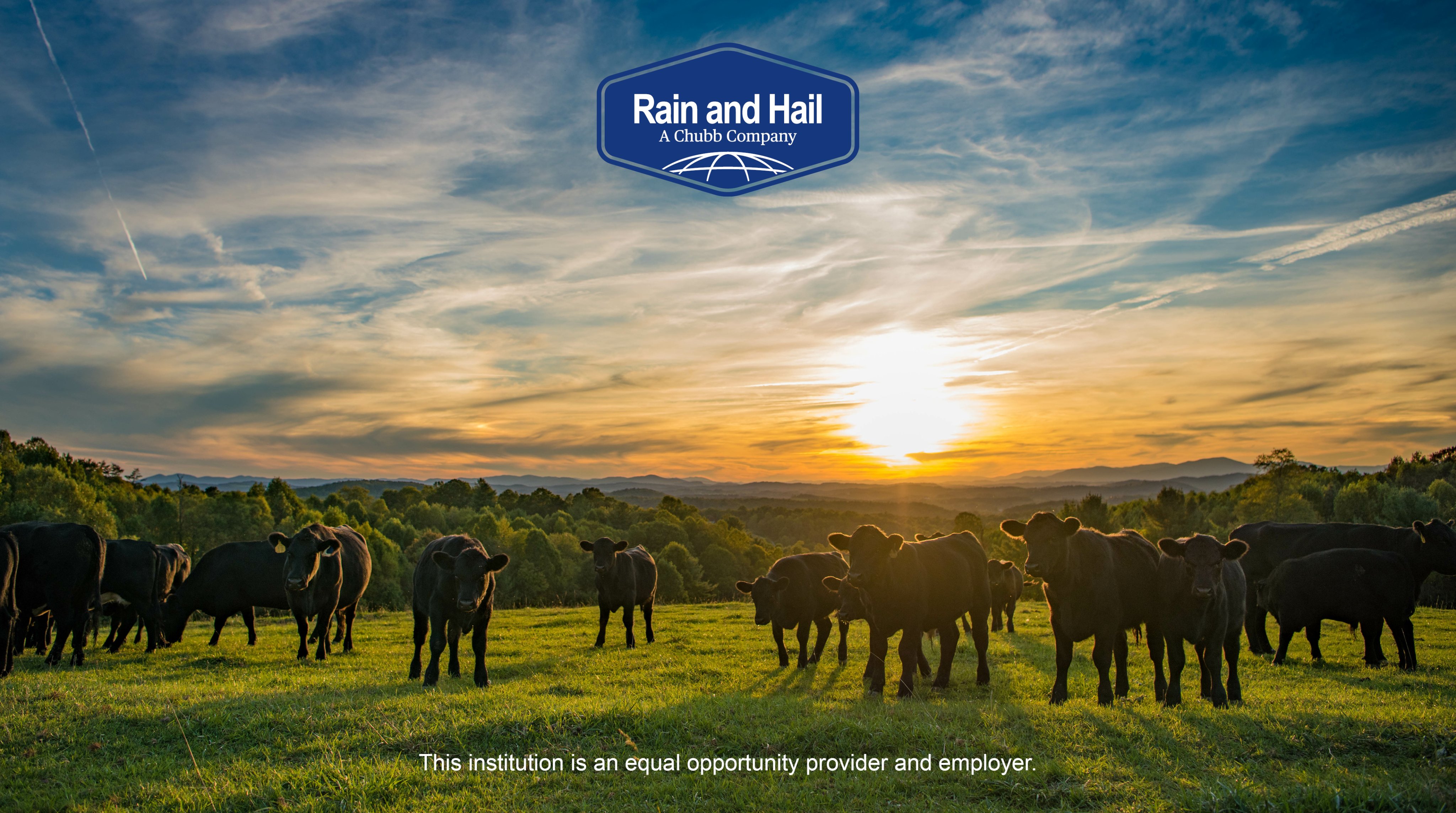Specialist Advice: Bagley Risk Management Strategies
Wiki Article
Recognizing Animals Risk Protection (LRP) Insurance Policy: A Comprehensive Overview
Navigating the realm of animals danger defense (LRP) insurance coverage can be a complex undertaking for several in the agricultural industry. From how LRP insurance works to the numerous coverage choices offered, there is much to uncover in this thorough overview that could possibly form the method livestock manufacturers come close to threat management in their businesses.

How LRP Insurance Policy Works
Occasionally, recognizing the auto mechanics of Animals Risk Security (LRP) insurance coverage can be intricate, but damaging down how it works can supply clearness for farmers and breeders. LRP insurance coverage is a risk management tool developed to secure livestock producers versus unexpected rate decreases. The policy allows manufacturers to set a protection level based upon their specific requirements, choosing the variety of head, weight array, and protection price. When the policy is in area, if market costs drop below the coverage price, manufacturers can file a claim for the distinction. It is essential to keep in mind that LRP insurance is not a profits guarantee; rather, it focuses solely on price danger security. The protection period usually ranges from 13 to 52 weeks, offering versatility for manufacturers to select a duration that lines up with their manufacturing cycle. By using LRP insurance, farmers and herdsmans can mitigate the economic risks associated with varying market rates, making sure greater stability in their operations.Eligibility and Coverage Options

When it comes to insurance coverage options, LRP insurance policy uses producers the flexibility to select the protection degree, protection duration, and recommendations that ideal fit their threat management needs. By understanding the eligibility standards and coverage alternatives offered, animals producers can make educated decisions to take care of threat properly.
Benefits And Drawbacks of LRP Insurance Coverage
When examining Animals Danger Security (LRP) insurance coverage, it is vital for livestock manufacturers to consider the advantages and downsides inherent in this threat management device.
One of the primary advantages of LRP insurance policy is its capability to give protection versus a decline in animals prices. This can aid guard producers from economic losses arising from market variations. Furthermore, LRP insurance uses a level of adaptability, enabling manufacturers to customize protection levels and policy durations to match their specific demands. By locking in an ensured rate for their livestock, producers can better take care of danger and prepare for the future.
One restriction of LRP insurance is that it does not protect versus all kinds of risks, such as condition outbreaks or all-natural calamities. It is critical for producers to very carefully examine their individual danger direct exposure and monetary situation to determine if LRP insurance policy is the best danger monitoring tool for their operation.
Understanding LRP Insurance Premiums

Tips for Making Best Use Of LRP Benefits
Taking full advantage of the advantages of Animals Danger Security (LRP) insurance policy calls for tactical preparation and proactive danger management - Bagley Risk Management. To take advantage of your LRP protection, take into consideration the complying with pointers:Routinely Analyze Market Conditions: Remain informed concerning market trends and rate variations in the animals market. By monitoring these variables, you can make informed decisions about when to buy LRP protection to secure versus prospective losses.
Establish Realistic Protection Degrees: When choosing protection degrees, consider your manufacturing prices, market price of livestock, and prospective risks - Bagley Risk Management. Establishing practical insurance coverage degrees ensures that you are appropriately protected without overpaying for unneeded insurance
Expand Your Coverage: Rather of counting entirely on LRP insurance, think about diversifying your danger monitoring strategies. Combining LRP with various other risk management devices such as futures contracts or alternatives can provide thorough coverage versus market uncertainties.
Testimonial and Adjust Protection On a regular basis: As market problems change, occasionally evaluate your LRP insurance coverage to ensure it aligns with your existing danger direct exposure. Changing insurance coverage degrees and timing of acquisitions can aid optimize your risk security technique. By following these tips, you can make best use of the benefits of LRP insurance and protect your livestock procedure versus unforeseen threats.
Conclusion
To conclude, livestock risk protection (LRP) insurance policy is a useful tool for farmers to take care of the economic threats connected with their animals procedures. By understanding exactly how LRP works, qualification and protection options, in addition to the advantages and disadvantages of this check my source insurance policy, farmers can make more info here educated choices to protect their incomes. By very carefully considering LRP costs and applying techniques to maximize advantages, farmers can minimize potential losses and ensure the sustainability of their procedures.
Animals manufacturers interested in obtaining Livestock Threat Protection (LRP) insurance policy can check out a variety of qualification criteria and insurance coverage choices customized to their details livestock procedures.When it comes to coverage options, LRP insurance policy supplies producers the flexibility to pick the coverage level, coverage duration, and endorsements that best suit their danger management requirements.To comprehend the intricacies of Animals Risk Security (LRP) insurance totally, comprehending the variables affecting LRP insurance premiums is crucial. LRP insurance costs are established by numerous components, including the protection level chosen, the anticipated cost of livestock at the end of the insurance coverage duration, the type of animals being insured, and the length of the coverage duration.Testimonial and Change Protection Consistently: As market conditions alter, periodically see here now evaluate your LRP protection to ensure it lines up with your current risk exposure.
Report this wiki page